Cultural Expression | Contest | By @aminasafdar | 10% payout goes to @hive-111293
I live in a province of Pakistan that is called Punjab. So I’ll share the culture adopted by the people of Punjab.
Punjab constitutes two Persian words, “Punj” means “five” and “Ab” means “water. So is means the land of five waters, so called because there flows five rivers in the Punjab of Pakistan. Majority of the people are muslims and minorities are hindu and Sikhs. This province is several years old and became the part of Pakistan after the partition of the subcontinent of India in 1947. So it has a highly fertile culture which is going to be described below.
Culture of Punjab
Folkdance (Gidda)
Gidda is dance of the people mostly females that is performed on the music of the clap of hands. This dance was introduced in 18th century by the agriculture community of the Punjab during the harvesting season. Later it emerged into a hyped dance form for festivals and special occasions like wedding.

Females wear short shirts called Kameez or choli in urdu, with long shirt that is lehanga in urdu. With the passage of time it shifted to Kameez and Shalwar(trouser). They wear tikka which is called forhead jewellery in English.
Food
Punjabis love eating and serving food, they are the most hospitable people you’ll ever encounter. Majority of people in Lahore(city of Punjab) have businesses in the form of Food points. The signature food of the Punjab in winters is Saag(mustard plant dish) with Makki ki roti(bread made of corn flour).
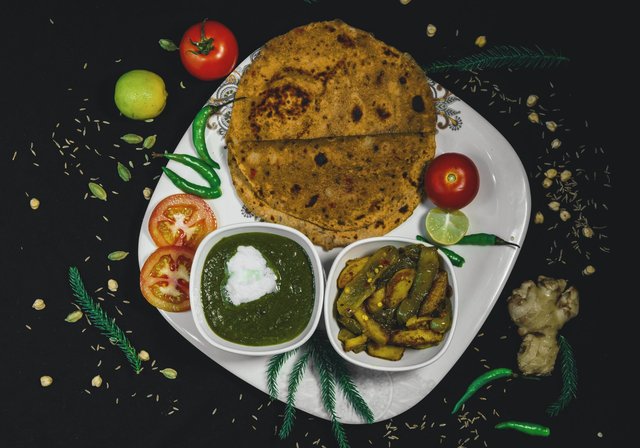
Saag and Makki ki Roti-source
This is most common in villages that the breakfast consists of Paratha (bread fried in oil) along with Chai(tea) or lassi(drink made of curd). In urban areas the most common food currently are Nihari(beef shank) and Tandoori Chicken.
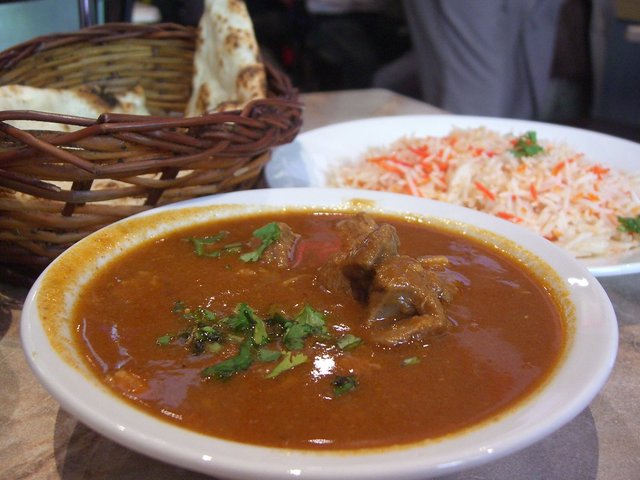
Nihari-source
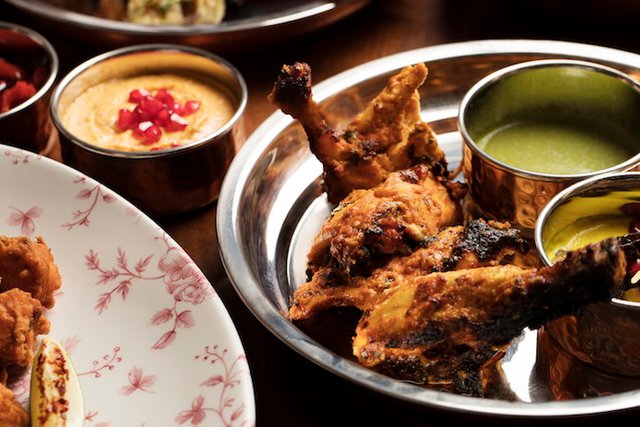
In countryside the females familiarized making bread in a tandoor made up of clay called cookery. They would make their breads and then clap down their bread inside an oven. This practice is still fancied by people in Pakistan.
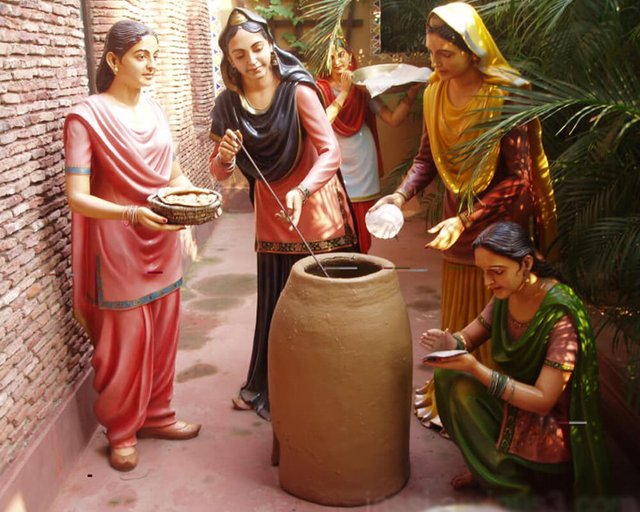
Architecture Methodology
Artwork in the Punjab is famous for the buildings which are present for centuries. These were built mostly by the Mughals who ruled the Punjab from 16th to 18th centuries. These are visible in the form of Badshahi Mosque, Lahore fort, Shahi Hamaam, tomb of Jahangir , Noor palace and many more. So let’s reveal some here.
Shahi Hammam
This is a royal bath, hammam means “bath, It was constructed in the era of Mughal emperor Shah Jahan under the observation of his minister Ilam-ud-din Ansari in 1635. This is located adjacent to Delhi gate in Lahore, used by the layman and the passengers of the Mughal era. It has 21 rooms, including main hall, reception, dressing room, hot bath, cold bath, warm bath etc.
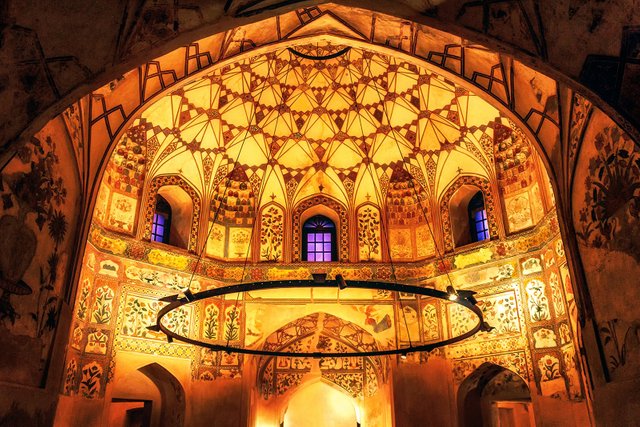
Women also took pleasurable to enjoy the services of this bath. Interior architecture is inspired by the Turkish and Persian vogue of that time that is the reason for its fame till now. It has the wall painting and the design of the roof has the pictures of the architecture who built it. Besides these things, shahi hammam has an interesting fact in the form of buzzing or whispering wall, what you say on the one corner is heard by person standing behind the wall or across the room.
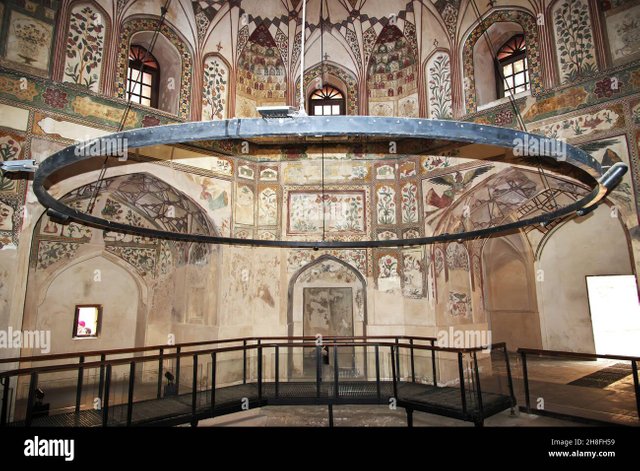
Other name for this is Wazir Khan bath, because it was built on the intention of funding the Wazir khan mosque near it.
Noor Palace
It was built in 1875 during the British rule in Bahawalpur by the muslim nobalman of that time. The architecture designer of this palace was Mr.Heennan who designed the palace like an Italian castles. The material used for the construction was imported from Italy and England. Currently it’s under the control of the army of Pakistan who tend to use it as a rest house of the foreign ministers.

Besides the Italian designs, this palace has 5 dombs and 32 rooms that explains the Islamic manner of the building.

At that time, Its cost was so towering that it’s literally 8.1million U.S dollar in the modern world.source
Basketry Work
Basketry is an art work that women of Pakistani villages create. They use the dry straw of the wheat fiber for making these fibers by weaving or coiling them. These baskets are highly conventional especially in Punjab. They make different kinds to use for holding thing with handles or without handles. Most common in every house of Pakistan are the bread holding basket called “Chabi” in Punjabi language.
It also includes massive caps made of wheat straw used for dual purposes, to hide thing under it or to put things insdie it.Nowadays people make these baskets for furnishing their houses.


Language and poetry
Language of the Punjab is Punjabi, 70 million people speak Punjabi in Pakistan. This explains strong roots of this language, people of 20th century still speak it in public. Though people of 21st century don’t fancy speaking it in public even if they speak it in their homes. Others speak urdu in public and homes as it’s the national language of Pakistan.
Many poets with their work in punjabi have passed and left the trace of their unmatchable work for us. Among them was a sufi Punjabi poet named Waris Shah. He was born in Sheikhupura, a city in punjab Pakistan in 1722 in a Syed family. His tops work is the love story of Heer and Ranjha. He penned down this love story of Heer Sial and Dheedo Ranjha in 1766 which is something like this.
Both of them were born in the different tribes of jhung, Punjab. Ranjha visited the village of the heer and eventually fell in love with this epitome of beauty.Heer also felt for him after hearing him play flute.
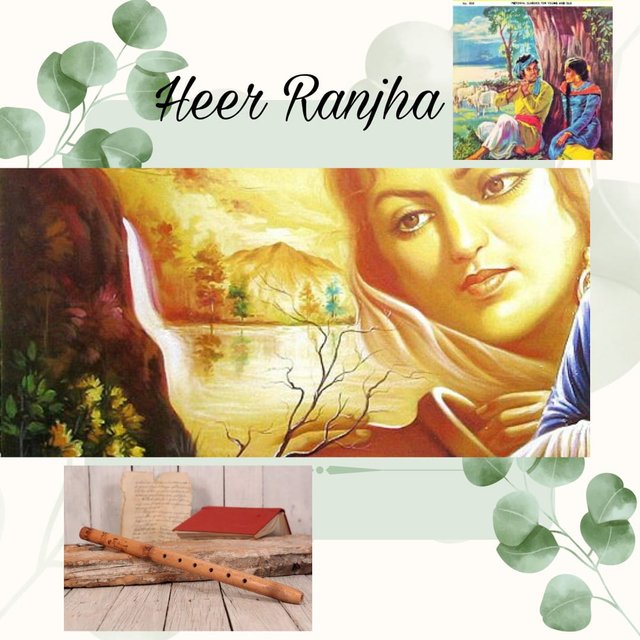
After many years of their affair they were being caught by her parents and an envied uncle. They married her elsewhere by force and ranjha wandered in the countryside of the Punjab and became a jogi denying the world. Once again he succeeded to found the village of heer and decided to marry her on the will of her parents. They gave a green flag but her uncle poisoned her on the day of their wedding, soon after knowing this ranjha committed suicide alongside Heer. Both of them dead till the history of love.
That’s all for now. I’m inviting @abdullhahsafdar @sabanaqsh and @murriumkhalid Hope you guys like it

post. Keep sharing high quality posts on Steem-travelers.